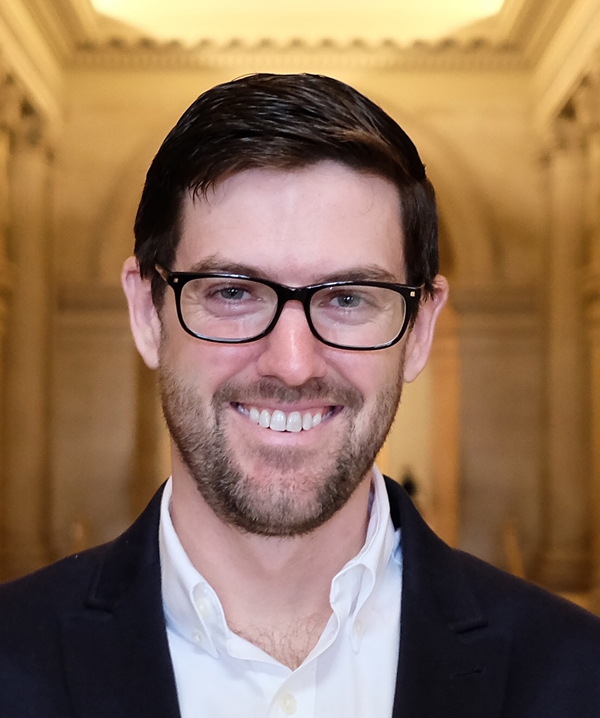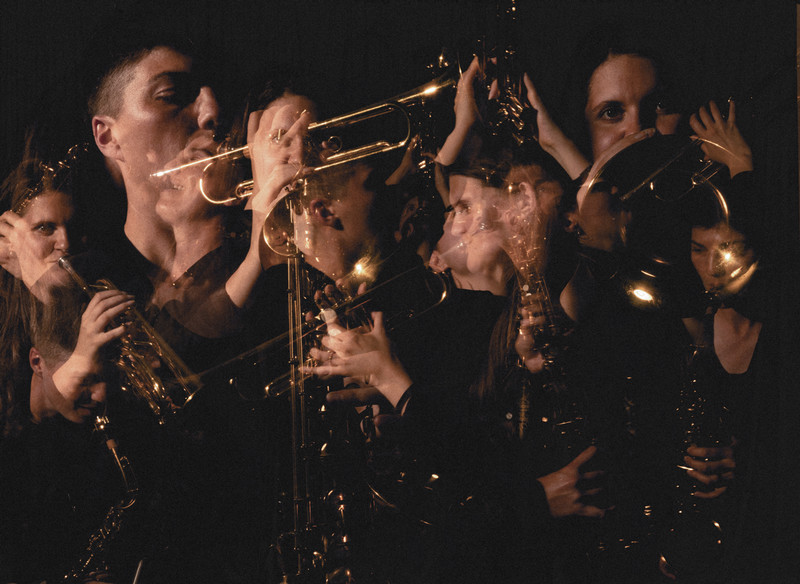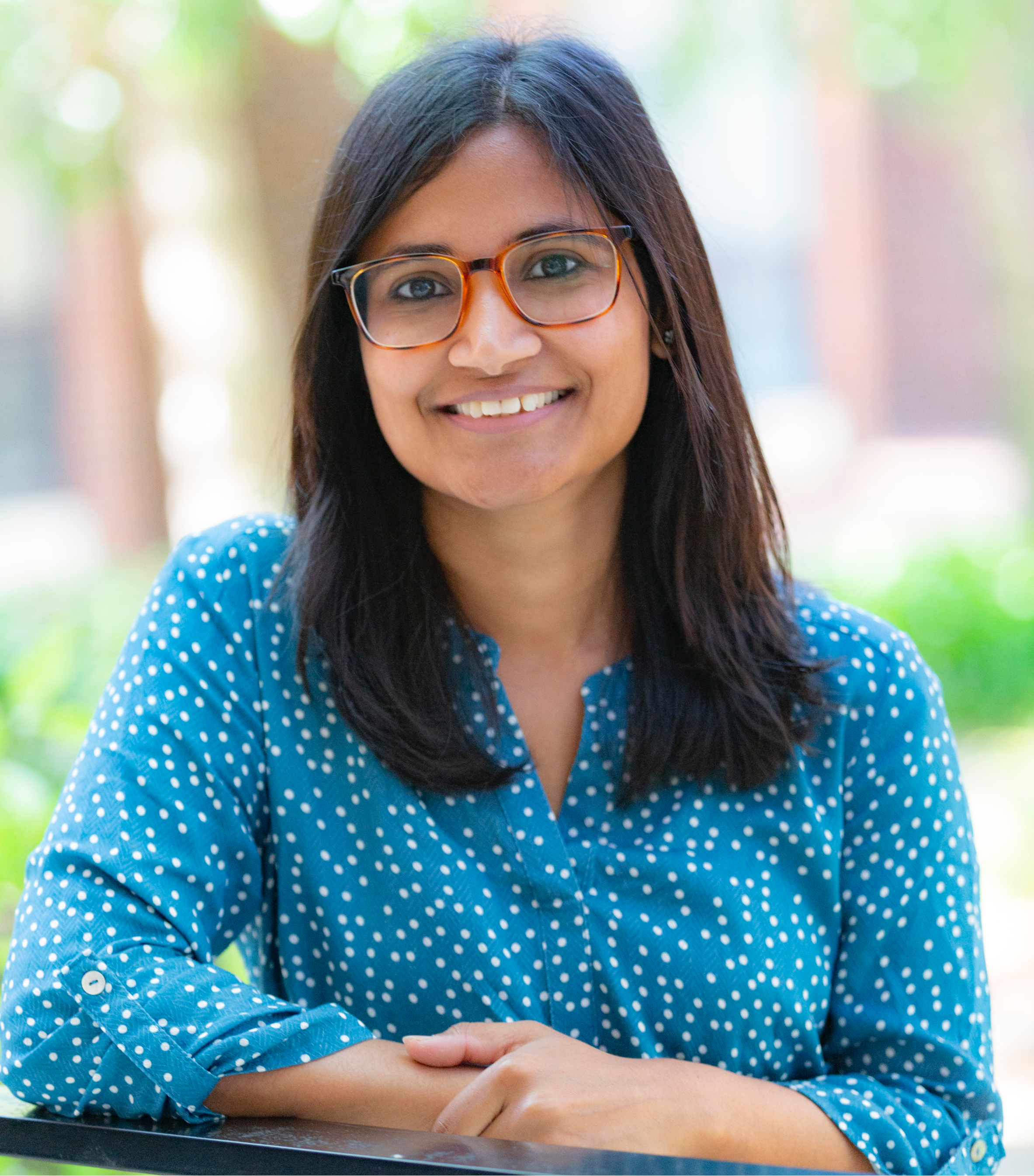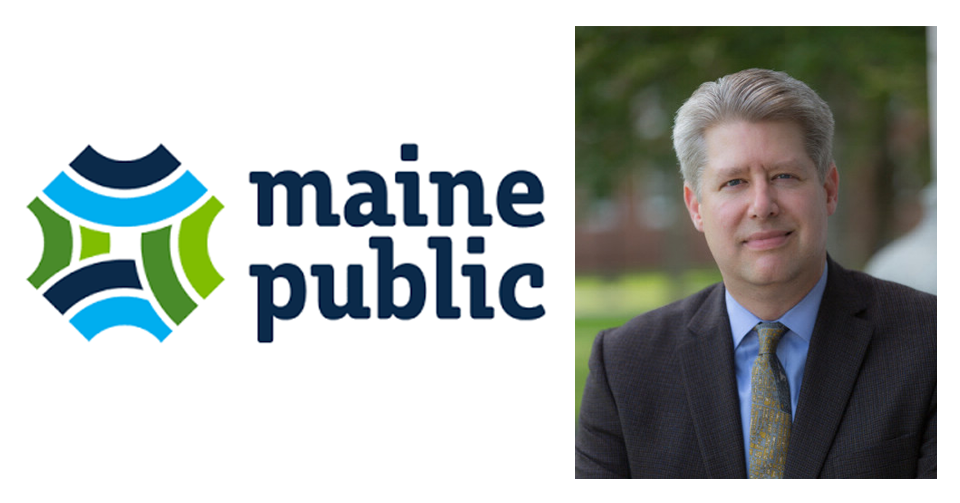Museum of Art’s “Antiquity and America” and How Eighteenth- and Nineteenth-Century Americans of All Races, Classes, and Genders Looked to the Ancient Mediterranean for Inspiration
By Bowdoin News
The Bowdoin College Museum of Art's new exhibition uncovers a new history of curious and related phenomenon: the intensity and passion with which Mediterranean antiquities have long been collected by Americans, and the prominent role the ancient Mediterranean has played in the history of American cultural and political life.

Sean Burrus
In an article for The Conversation, Sean Burrus, former Andrew W. Mellow Post-Doctoral Curatorial Fellow at the Museum of Art (2018–2022) and the exhibition’s curator, expands on the intention behind the show and shares insights from his field of expertise in ancient Mediterranean art and culture and in the ways in which Americans have made creative connections between past and present.
An excerpt:
Until the late 19th century, Americans encountered the ancient world almost exclusively through reproductions —in books, artwork and even popular plays. Very few could afford to travel abroad to encounter Mediterranean artifacts firsthand.
Yet despite barriers to access, many Americans forged personal connections with the cultures of the ancient Mediterranean—not only the Greeks and Romans, but also the Egyptians and Israelites. Perhaps the newness of American culture inspired this deep interest in the ancient past.
One of the most fascinating aspects of Mediterranean antiquity’s influence on America, even before it officially became a country, is how it cut across cultural lines of race, class and gender. Far from being the preserve of a privileged few, the art and literature of the ancients was often embraced by Americans of all stripes—including the enslaved Black poet Phillis Wheatley (circa 1753–1784) and Black and Native American sculptor Edmonia Lewis (1844–1907). But the circumstances of these encounters and the way individual Americans thought about antiquity varied greatly.
Read the article in its entirety.
The article was picked up by news outlets across the country including the Houston Chronicle, Jacksonville Journal-Courier, and Seattle Post-Intelligencer.



